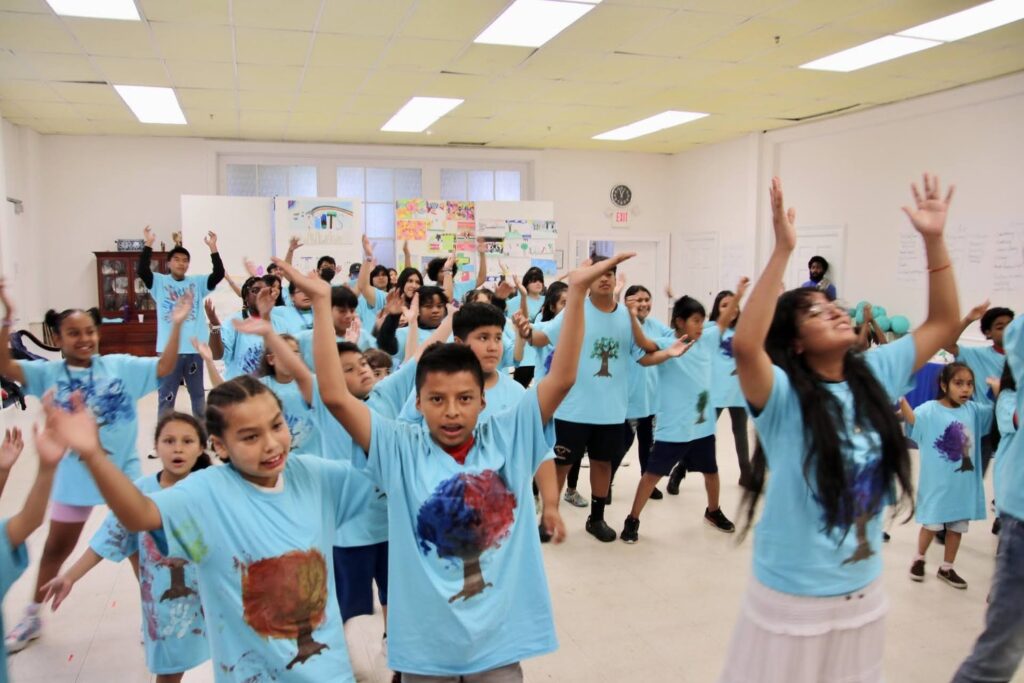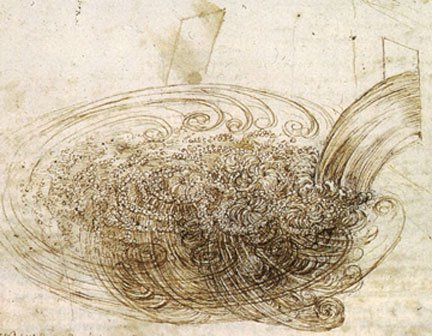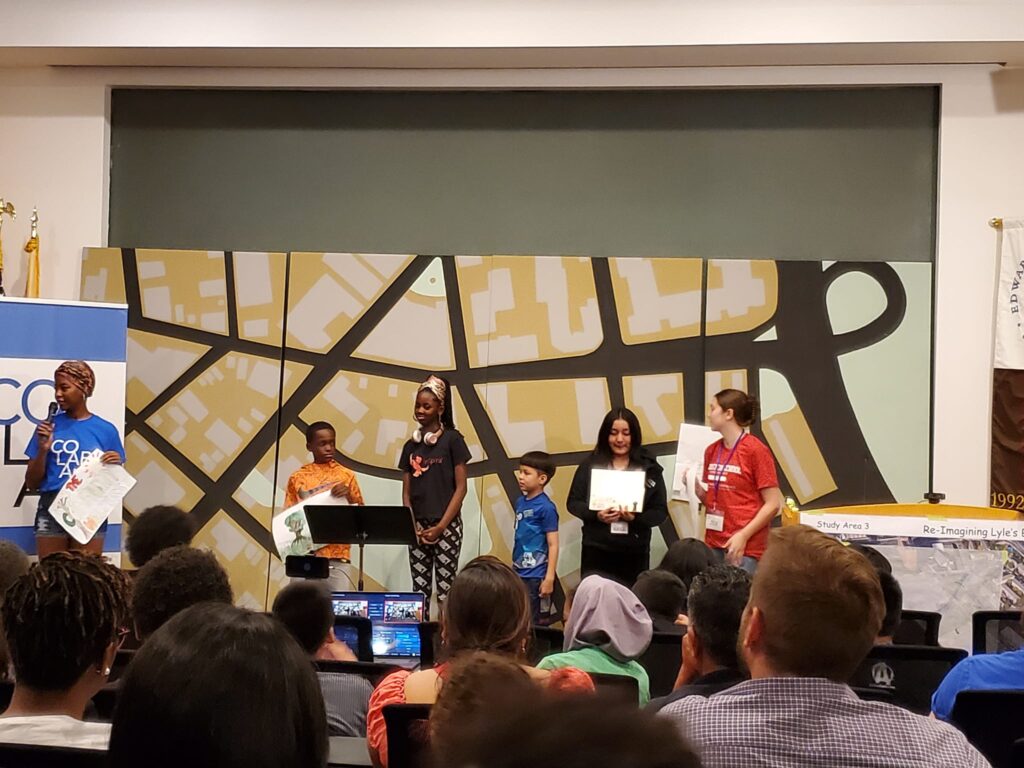Embodied Fieldwork: Art & Science Collaboration
Editor’s note: The LRWP views engagement in the arts and humanities as integral to the work of effective science communication. In the article below long time partner coLAB Arts Director of Education John P. Keller articulates aspects of our ongoing collaborative inquiry into these processes, reflects on the importance of reciprocal relationships between art and science, and poses challenging questions to guide us in further discovery and expression.
Article and photos by coLAB Arts Director of Education John P. Keller
…the most extraordinary work happening today is work that considers: How does the creative studio space expand research? And how does scientific inquiry make art better?
On a hot and humid August afternoon in the coLAB Arts educational studio, Teaching Artist Jasmine Carmichael was giving final rehearsal instructions to 60 summer institute students: “We are going to start from the top, if something is a little off just keep going and trust the ensemble, and remember… you are water.”
Students were “knee deep” in the process of devising a dance piece reflecting their knowledge of water flows through ensemble based movement. Thanks to the Lower Raritan Watershed Partnership and Rock Dance Collective, these students married an emerging science-based understanding of the natural world with an arts-based embodiment of the human experience. In other words, they were using both their brains and their bodies to more deeply connect with the concept of water and our relationship to it.

“…remember… you are water.”
Leonardo DaVinci would not have understood the concept of a division between scientific reasoning and creative expression. The observation of water speed, velocity, and turbidity would have been interwoven with the processes of creating sketches with shading, patterning, and composition. Hypothesis would have not been possible without imagination. Good storytelling would not have been possible without data. Human truth would not be transferable from one person to another without reflecting objective scientific realities framed in metaphor. Yet somehow over the course of the centuries and the development of institutions we think of scientific reasoning and creative expression as two very different pursuits, dividing both their physical proximity (the studio vs. the lab) and their emotional (literal vs. figurative or fact vs. fiction).

Leonardo DaVinci Water Study
c. 1508-9. Wikimedia Commons
There are of course exceptions that live outside the sometimes restrictive academic divisions. In fact most methodology-based artists and most humanist-scientists already understand the mutual benefit. So why aren’t our institutions designed to enable better collaboration? What would such a redesign of the creative and scientific process look like? What could this redesign of process mean for the tackling of climate change? The Artists and Scientists mentioned above might articulate two main areas of mutual benefit, that of interchangeable: 1) Research and 2) Expression. In my own education growing up, whether it was explicit or inferred, I always thought the idea of research belonged squarely to the scientist. Articulation on the other hand belonged to the studio artist. However, the most extraordinary work happening today is work that considers: How does the creative studio space expand research? And how do analytic metrics make art better?
In preparing for the October 8th Watershed Run Off – a dance performance of stormwater flows to demonstrate how waters become polluted — the partnership of Rock Dance Collective, the Lower Raritan Watershed Partnership and and others started with creative word play as a way to investigate the cultural connection with water. Building on this they layered data, metrics, observation and hypothesis in the studio to create an embodied expression. Lower Raritan Watershed Partnership is putting artists out into the field, taking advantage of new ways of seeing, and feeling, to influence scientific methods. Other local entities like the Rutgers University School of Environmental and Biological Sciences and Mason Gross School of the Arts are also developing nascent partnerships to create new interdisciplinary methodologies and curricula, actively reimagining the dividing lines of the academy.
Over the next year coLAB Arts and Lower Raritan Watershed Partnership will continue putting artists and science educators in rooms (and floodplains!) together to expand the work of each. And we aim to support deeper inquiry and conversation within our communities. Consider our October 8 “Watershed Run Off” as the first of many opportunities for all members of the watershed to directly nurture and experience the evolving field of art and science collaboration. Join us!

Jasmine Carmichael (far left) leads Summer Institute students in explaining how they created the large map (behind them) of New Brunswick streets and “hidden” streams.
